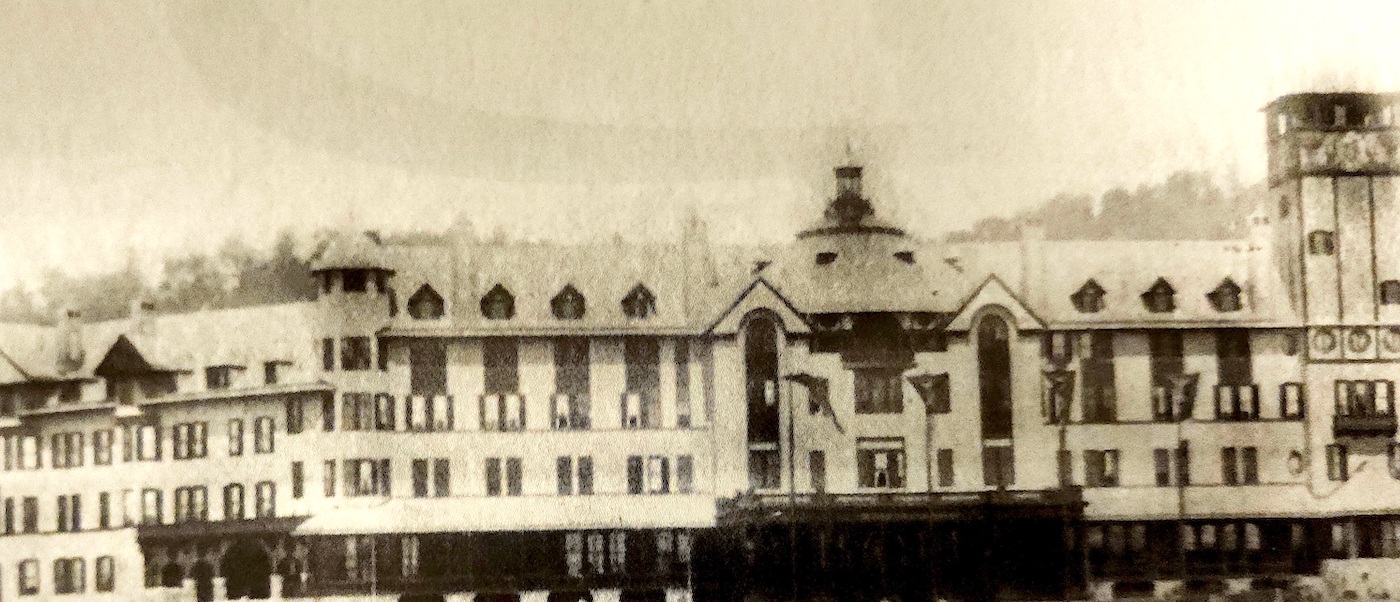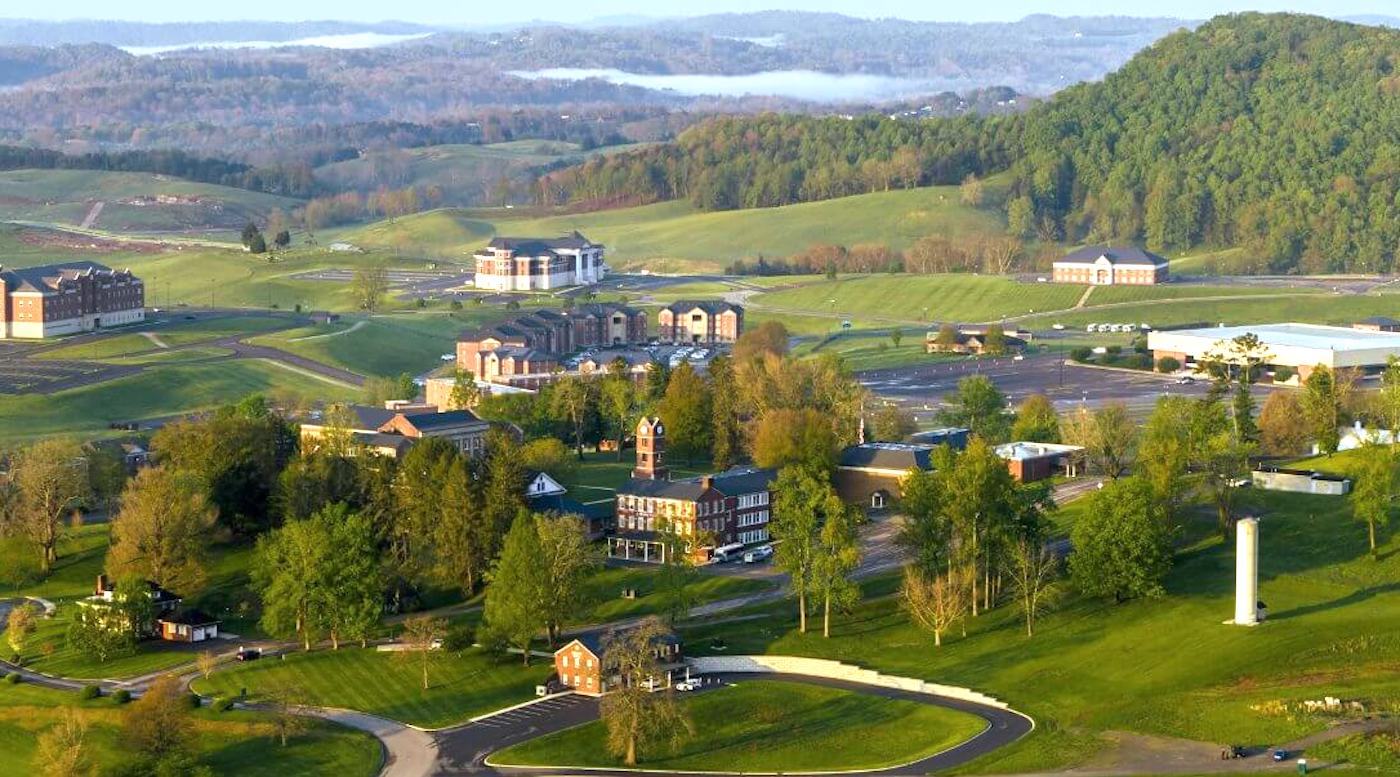A Legacy of Growth: The Evolution of Lincoln Memorial University
Published 3:33 pm Friday, March 28, 2025



|
Getting your Trinity Audio player ready...
|
For more than a century, Lincoln Memorial University (LMU) has stood as a beacon of higher education, evolving from its humble beginnings into a thriving institution known for its commitment to academic excellence and service. From its foundation in 1897 to its impressive expansion in the 21st century, LMU’s journey has been marked by resilience, innovation, and a steadfast dedication to its mission.
A Vision Born from History
LMU was established in 1897 as a tribute to President Abraham Lincoln’s legacy. General Oliver O. Howard, a Civil War hero and advocate for education, played a pivotal role in its founding, ensuring that the institution would provide educational opportunities to the people of Appalachia.
Trending
Sub-Header: Expanding Horizons in the 20th Century
As LMU entered the 20th century, it continued to expand both physically and academically. Under the leadership of figures such as Cyrus Kehr, the first university president, and subsequent leaders like Dr. George Allen Hubble and Dr. Robert L. Kincaid, LMU saw major advancements in facilities, student enrollment, and program offerings. The introduction of new buildings, including dormitories, libraries, and science facilities, provided students with improved learning environments.
A Century of Academic Excellence
By the time LMU celebrated its centennial in 1997, the university had undergone a dramatic transformation. The 1990s saw the completion of major projects, including the construction of new academic buildings and the establishment of key graduate programs. LMU’s commitment to education was further solidified with the accreditation of its teacher education programs and the expansion of online learning initiatives.
The 2000s marked a period of unparalleled growth under the leadership of Board of Trustees Chairman Dr. O.V. “Pete” DeBusk. LMU introduced its first doctoral programs in education, osteopathic medicine, and law, setting the stage for future expansions in veterinary medicine and dentistry. The opening of the LMU-DeBusk College of Osteopathic Medicine (LMU-DCOM) in 2007 was a transformative moment, positioning LMU as a leader in medical education.
Modern Innovations and Expanding Footprints
Trending
LMU’s momentum continued into the 2010s and beyond. The launch of the Doctor of Medical Science program in 2018 provided advanced training opportunities for physician assistants, while the establishment of the LMU-Richard A. Gillespie College of Veterinary Medicine solidified the university’s reputation in health care education.
Recent years have also seen LMU expand its presence beyond Harrogate. The acquisition of the LMU Tower in Knoxville, the establishment of a dental medicine program, and the creation of the School of Engineering in 2022 demonstrate LMU’s dedication to meeting the evolving needs of students and society. Through these initiatives, LMU has ensured that it remains a leader in higher education, offering cutting-edge programs that prepare graduates for successful careers.
Looking Ahead
As LMU continues to grow, it remains anchored in its founding mission: to provide accessible, high-quality education to students from all backgrounds. With a rich history of resilience and progress, the university is poised to continue shaping the future of education in the Appalachian region and beyond. Through ongoing expansion, program development, and community engagement, LMU stands as a testament to the power of education and the enduring legacy of Abraham Lincoln.
From its early days as a small educational institution to its current status as a university offering a wide range of undergraduate, graduate, and professional degrees, LMU’s story is one of perseverance and vision. As it moves forward, one thing remains clear: Lincoln Memorial University will continue to honor its past while forging a bright future for generations to come.
Key Highlights from LMU’s History
1897-1900s:
- 1897: LMU was founded, with Grant-Lee Hall constructed as one of the first buildings.
- 1900: Grace Nettleton Home for Girls opened to support orphans and underprivileged students.
- 1904: Avery Hall was the first building built on campus as a girls’ dormitory.
ª 1906: LMU graduated its first class, consisting of one student, George W. Morton.
1910s-1920s:
- 1911: First summer term held.
- 1912: Norton Hall was completed as a girls’ dormitory at a cost of $26,000.
- 1914: University farm established to provide food for students and learning opportunities in agriculture, and electric lights installed in most buildings.
- 1916: Grant-Lee Hall was reconstructed
- 1928: Duke Hall completed.
- 1929: LaFrentz-Poole Hall completed
1930s-1940s:
- 1944: GI Bill introduced, increasing student enrollment.
- 1948: Mary E. Mars Gymnasium opened as an athletics facility.
1950s-1960s:
- 1950: Kresge Infirmary dedicated.
- 1954: Mary S. Annan Natatorium constructed for swimming enrichment.
1970s-1980s:
- 1974: Associate of Science in Nursing (ASN) program launched.
- 1988: Harold M. Finley Learning Resources Center (library complex) dedicated.
- 1989: Annan Tennis Courts constructed.
1990s-2000s:
- 1991: Tex Turner Arena completed.
- 1997: LMU celebrated its centennial anniversary.
- 2007: LMU-DeBusk College of Osteopathic Medicine (DCOM) opened.
2010s-Present:
- 2011: LMU-DCOM’s inaugural class graduated.
- 2012: LMU Duncan School of Law held its first graduation.
- 2014: LMU College of Veterinary Medicine opened.
- 2019: LMU’s Abraham Lincoln Library and Museum reopened after major renovations.
- 2021: LMU acquired the LMU Tower in Knoxville.
- 2022: LMU established the School of Engineering.








